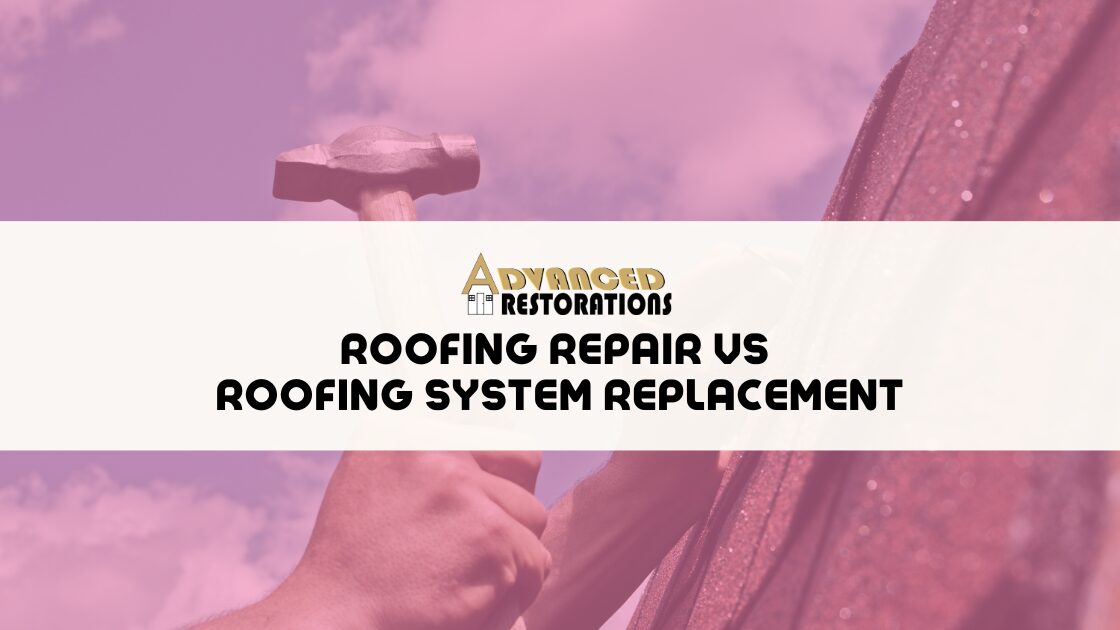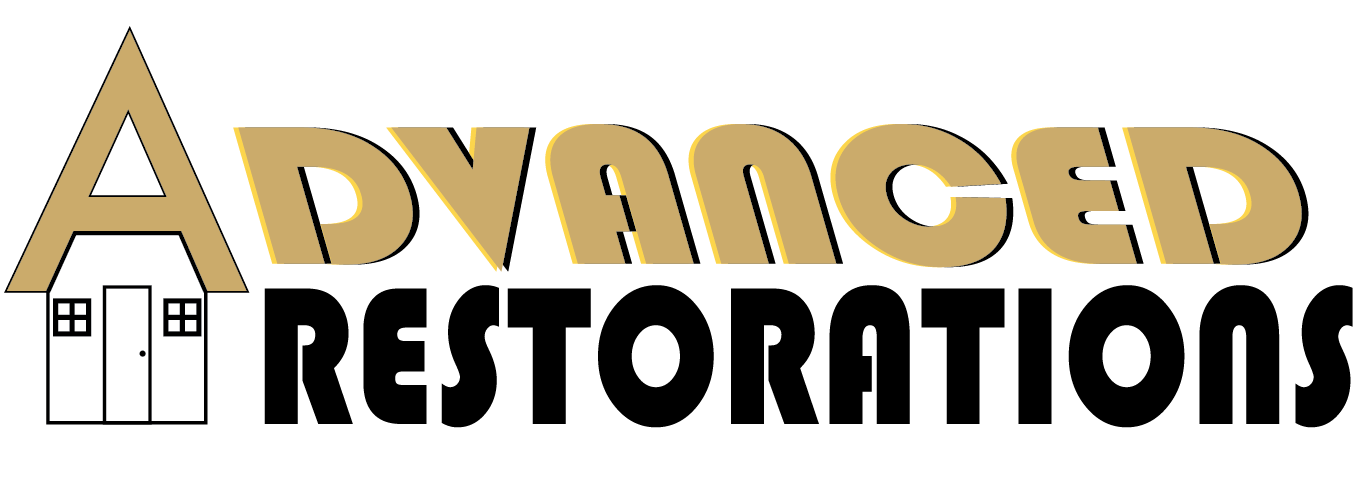
Roofing Repair vs Roofing System Replacement
“Can you just patch it?”
As a roofing contractor this question is what we are most often asked after inspecting a property and discovering damage to the roofing system. Most homeowners don’t consider their roofing system when planning their typical home maintenance routine and don’t usually know there is an issue until it causes further issues – most often by causing damage to the interior of the home.
The simple answer to the question is possibly…eh, maybe…well, it depends.
The long answer depends on multiple things that may come into play when determining the best course of action for your roofing system. While we can’t touch on every scenario the average homeowner may face (this would very quickly become the “War and Peace” of roofing informational articles), we have put together a comprehensive list of probable issues you may face throughout the course of home ownership.
When to Replace
- Additional Layers of Asphalt Shingles
- IRC, or the International Residential Code requires for a pre-existing roofing system to be fully torn off during repair or replacement, down to the underlying sheathing. If a repair is requested but there are two or more layers of asphalt shingles present, that repair would not be feasible. After removing all damaged materials down to that sheathing, an attempt at installing new material would be at a different overall height than the remaining original roofing system and blending the old with the new to create a solid, dependable barrier would be impossible.
- Brittle Test
- A brittleness test, at its core, involves bending and manipulating the existing roofing materials. If, due to weather exposure and age, the existing material breaks away instead of maintaining a level of malleability – that would be considered a failure of the brittleness test. Any repair attempts will, in a domino effect, damage surrounding shingles more and more to the point that the “repair” will eventually require replacement of a considerably larger portion of the roofing system.
- Damaged Framing
- In periods of high wind, homeowners may experience the unfortunate event of having a tree fall on the roofing system. Sometimes, the asphalt shingles take a limited amount of damage – sometimes the installed vents are destroyed, and there is likely a moderate amount of damage to the sheathing. However, the force of the tree hitting can often damage underlying framing in the attic system itself – a problem that could be hidden in plain sight, a ticking clock that will eventually have dire consequences. With structural damage of that type, the best course of action is to remove the old roofing system to allow for full repair of the framing and sheathing issues.
- Extensive Repairs
- Scenarios arise where there are a multitude of smaller areas around the entire roofing system that require attention. Many home inspection reports are delivered that call for a seller of a home to replace all the roof penetrations (various vents and furnace caps) along with replacing the valley areas of the roof – most likely due to leak issues that have been identified as originating from a valley. In a home with a multi-faceted roofing system that can mean upwards of ten valley areas – this often results in repairing 40% to 50% of the full roofing surface. At that point, with repairs this extensive, labor costs are often significantly higher with the need to continuously blend new materials into old, existing materials. In our experience, those higher labor costs cause the cost difference between repairing and fully replacing to be negligible.
When to Repair
- Limited Damage
- During a storm event, high winds may cause only a handful of asphalt shingles to pull loose from the roofing system. If the system was properly installed originally, that number should be very limited. If a brittleness test is passed, there’s no additional damage to roof penetrations, and there is no structural damage – a repair would be the best course of action.
- During that same potential high-wind event, a tree limb could potentially strike the roof, damaging a small amount of shingles in one area. Repairs would be appropriate for this scenario as well.
- In some situations, prior installation of the asphalt shingles may not have been done in accordance with manufacturer specifications – if the shingles were nailed outside of the appropriate zone, isolated sections of the asphalt shingles may begin to slip down from their appropriate position. If this issue isn’t widespread, a repair would be appropriate.
- Cost Prohibitive
- Though it’s a topic you won’t often hear roofing contractors discuss, there are scenarios where the cost of the full replacement will not be feasible in your current plans. Often, this scenario happens on older homes that have seen a lack of maintenance – there are multiple issues with the roofing system that may require extensive decking, framing, and shingle replacement. As a word of caution, any actions attempted in this scenario are likely to be a stopgap measure with a limited timeframe of viability and many contractors will not be able to offer any type of warranty for such a repair. Prior to purchasing a home, be it for personal use or as a potential income property, its always a great idea to have a roofing professional review the property on top of a standard home inspector – inspectors are providing an overall view of the house and may miss a more nuanced approach to any one facet.
In the end, no two scenarios will ever be the same when it comes to repair ability versus replacement – what may make sense for one homeowner to repair, can very likely be a situation another homeowner would pursue fully replacing the roofing system.
At Advanced Restorations, we pride ourselves on an honest approach with homeowners. If your Field Supervisor believes a repair is possible – they will outline how to proceed with that. If your Field Supervisor believes full replacement is the only option – they will explain their reasoning and provide a plan for moving forward. And, in many scenarios, a homeowner will be surprised when their Field Supervisor completes their inspection, shakes the homeowner’s hand, and lets them know their roof is in great shape with no actions needed.
In the end, the best course of action a homeowner can take is having a professional review their property for any potential issues or damages and help determine which route would be appropriate given the information discovered. Call our office today at (417) 229-0667 and one of our capable Field Supervisors will schedule a free inspection!
